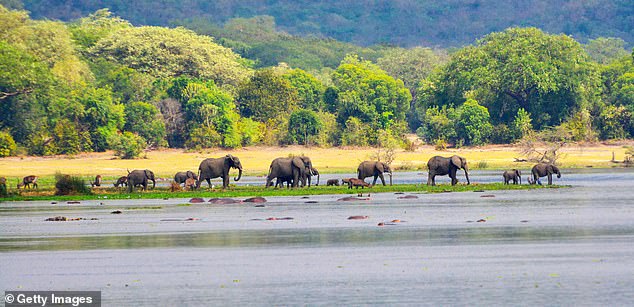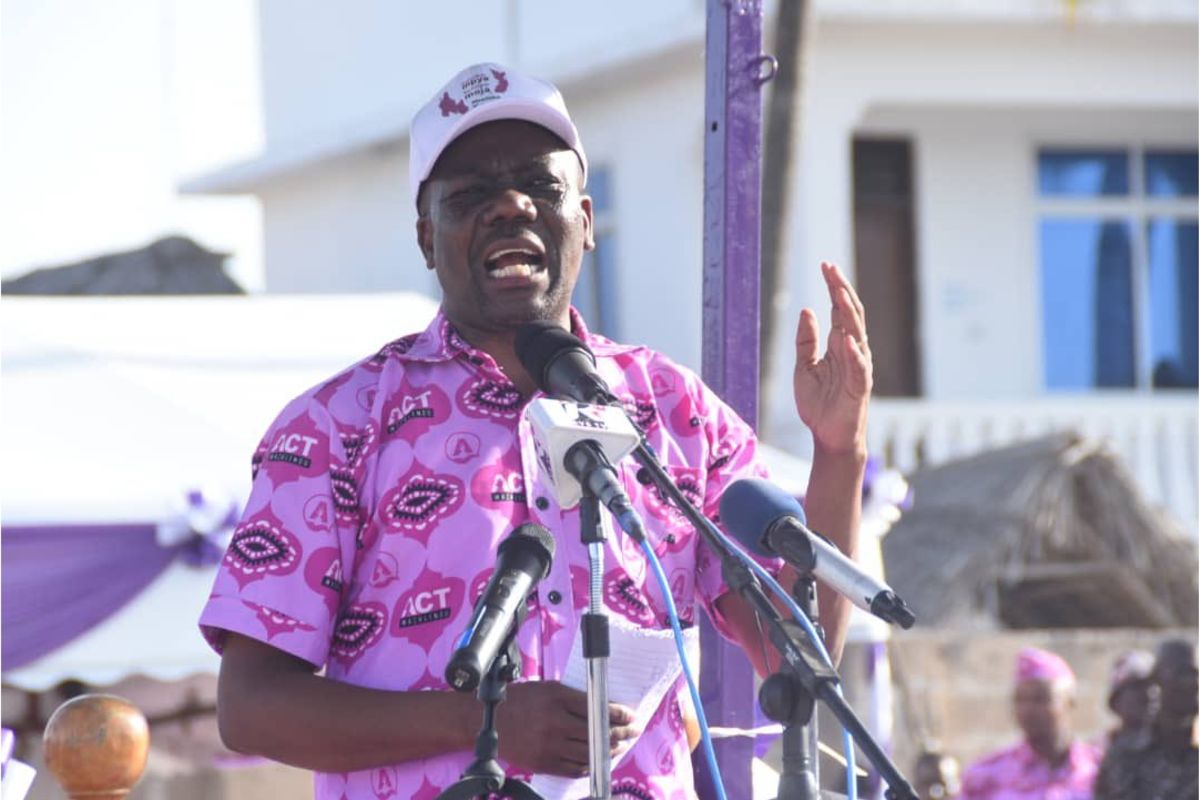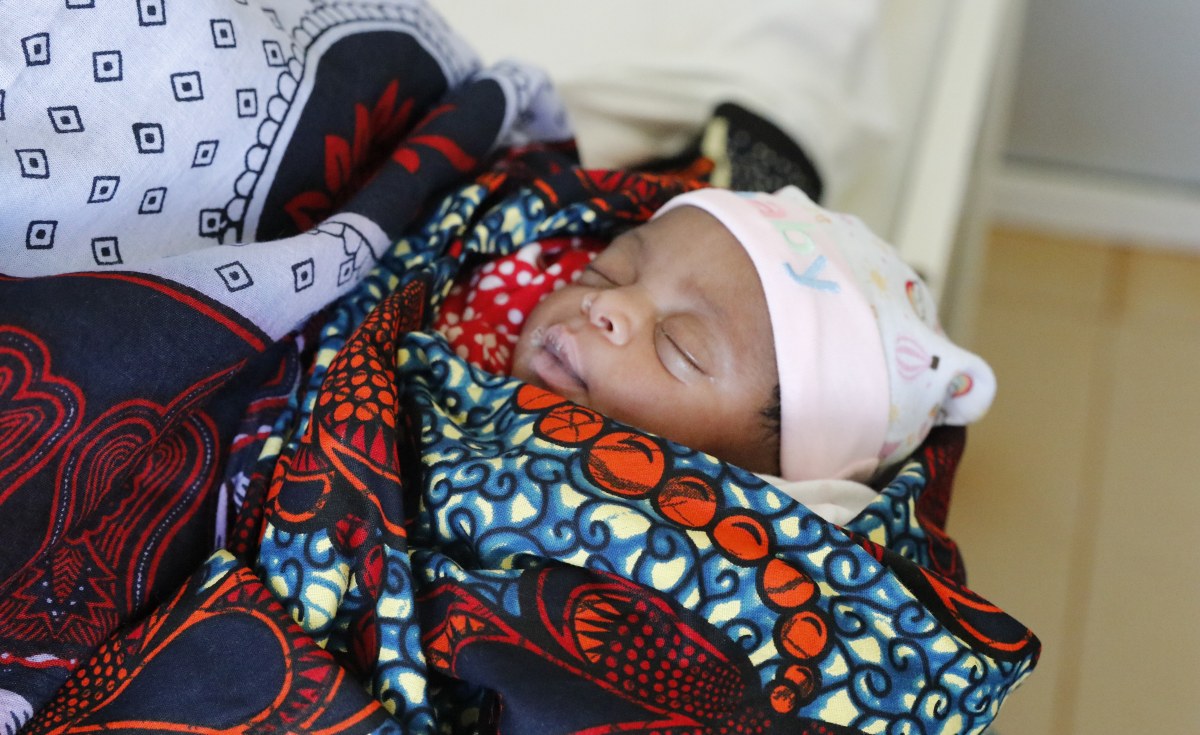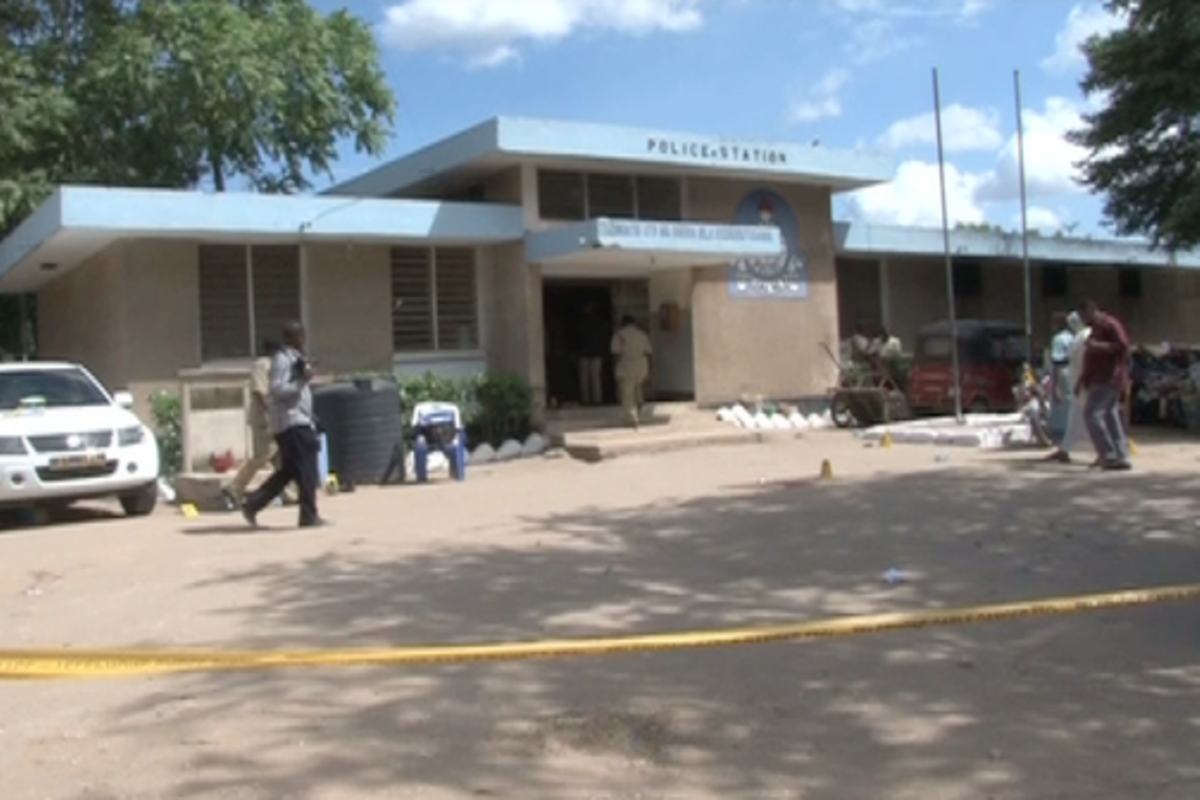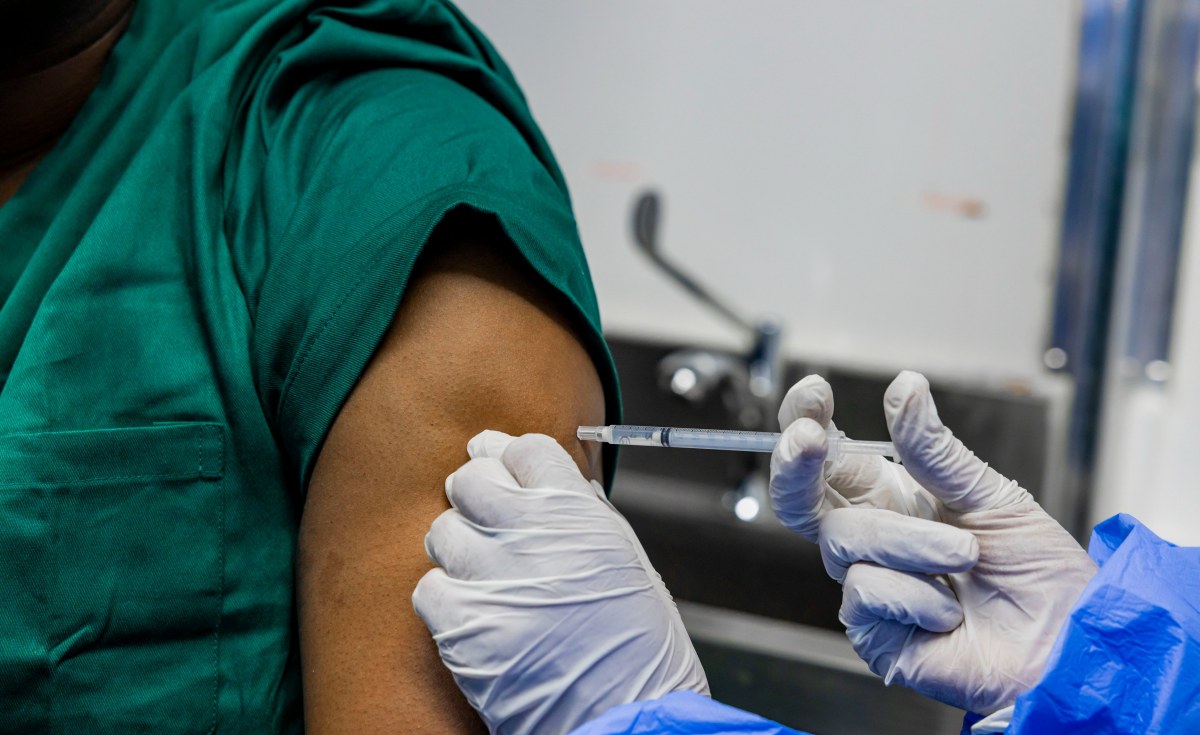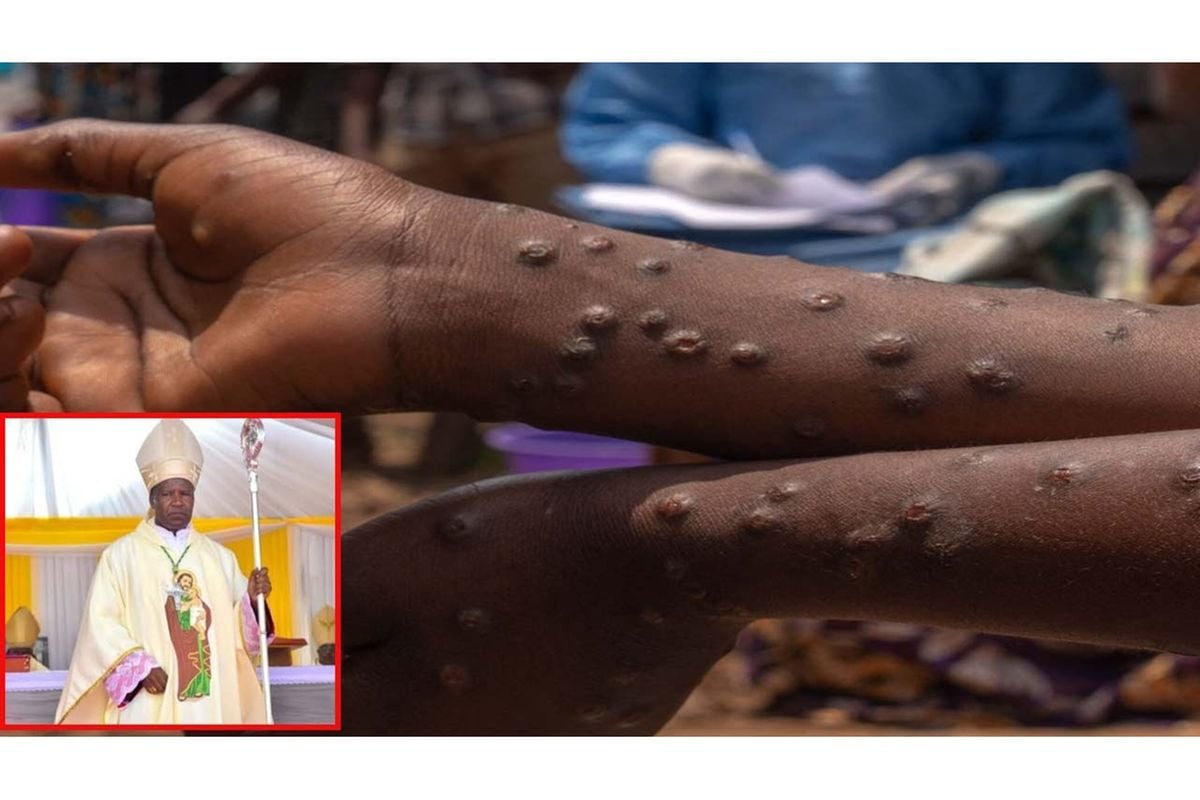Our riverboat guide looks at me earnestly. ‘Did you know that hippos are actually really bad swimmers but elephants can swim very well?’ asks Clinton.
We are on a small boat in Murchison Falls game park on the Victoria Nile River in north-west Uganda. There are hippo eyes all around our boat, their crinkly eyebrows peeping above the water.
‘They look like they’re swimming but their feet are on the muddy ground flats,’ he says.
Just then, there is a gasp from my fellow travellers. In the middle of the river, a family of elephants is crossing. They are up to their bellies in water, feet on the shallow bottom. Two babies have their trunks firmly wrapped around their mothers’ tails for security.
The big bull flaps his ears as the boat approaches. At the back of the line are the teenagers. They’re having a ball, lolloping around like overgrown labradors. They suck water up and then spray it every which way. One of them ducks under and rolls over. Another dives submarine-style and uses his trunk as a snorkel. ‘See how they swim?’ says Clinton.
Alice Morrison goes on safari at Uganda’s Murchison Falls Park (above) and says a ‘good-value safari costs about £200 per day – 30 per cent lower than in Kenya’
Uganda is a small landlocked country in East Africa. It shares borders with Kenya and Tanzania and is crammed with wildlife, but the price of its safaris is comparatively cheaper. A good-value safari costs about £200 per day – 30 per cent lower than in Kenya.
And the bonus is that you are not competing with crowds. You won’t have to share your lion with 20 other vehicles jostling for the best camera positions. If you have the budget, there is also the option to visit gorillas in the Bwindi Impenetrable Forest – a permit in Uganda costs half that of one in Rwanda.
Another plus is the accommodation. There are lots of authentic options, built with techniques in harmony with the environment.
English is the common language and the country is relatively stable after civil wars raged in the 1970s and 1980s. The current president, Yoweri Museveni, has been in power for nearly 40 years and under pressure for human rights violations. He helped to topple Idi Amin and has held office since 1986, although he is facing mounting calls to step down.
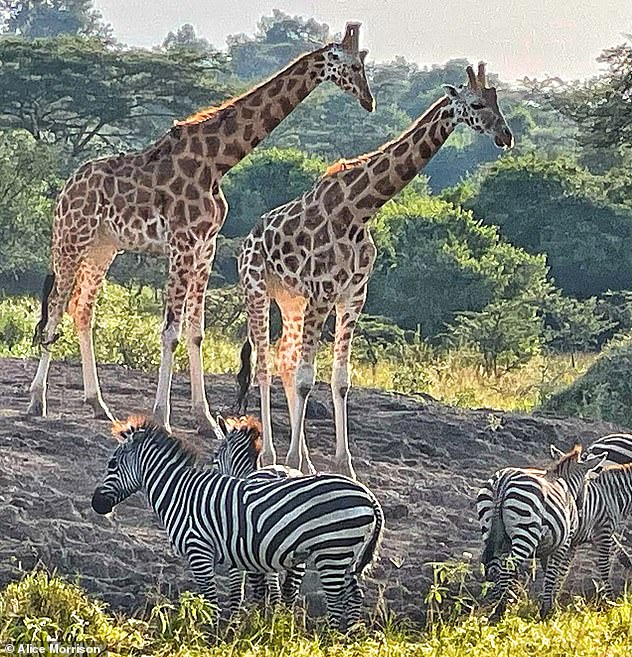
Alice sees ‘a small herd of giraffes’ at Murchison Falls with the ‘bonus that you are not competing with crowds, jostling for the best camera positions’
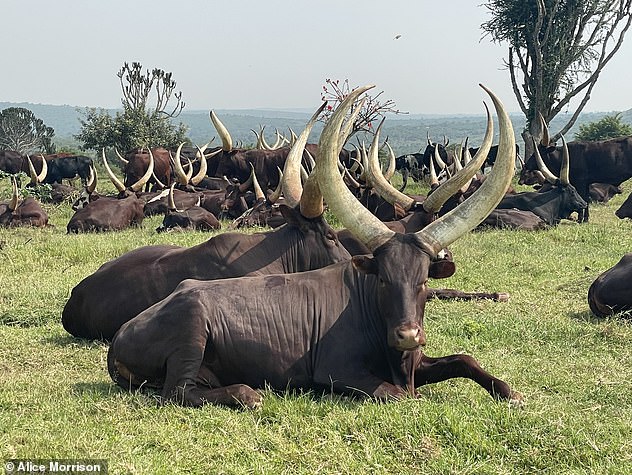
While at Uganda’s biggest game park, Alice spies a ‘sullen group of water buffalos’, hyenas and four types of antelope as well as ankole cattle (above)
Murchison Falls is the country’s biggest game park. Ibra, my driver, and I head out at first light for a land-based adventure.
‘Look,’ says Ibra. Ahead is a small herd of giraffes, walking with that peculiar swaying grace. One stretches up its neck and nibbles a delicacy from a thorn tree. We are so close that I can see the individual chin hairs on the big male.
‘Giraffes have the same number of vertebrae in their necks as humans – seven. But it’s just that theirs can be 10 inches long,’ says Ibra. One for the pub quiz. As we drive on, four different types of antelope play tag with our jeep. A sullen group of water buffalos – the most dangerous animal in the bush – glare out at us from a water hole.
We have the park to ourselves but then we spot a small cluster of vans. A lion is moving slowly through the grasses, coming in and out of view.
It’s an adrenaline rush.
Later, I spot two sets of furry ears in the bush and then a hyena breaks cover and gallops straight ahead of us for several hundred yards. ‘I’ve never seen one do that before,’ concedes Ibra.

‘My favourite food is the Rolex (pictured). It’s an omelette wrapped in a chapatti and made fresh in front of you on an iron griddle at tiny roadside stalls,’ says Alice (stock image)
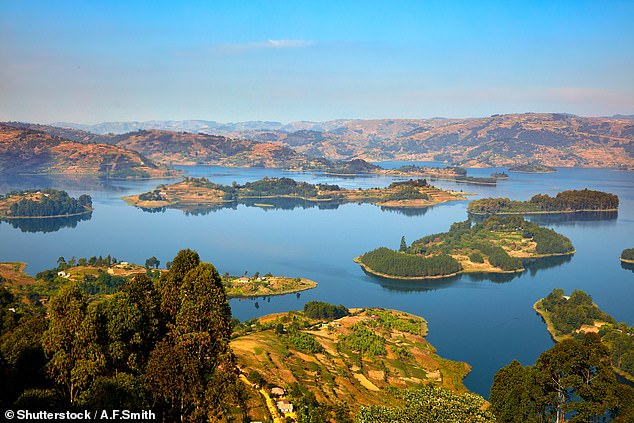
‘I want to relax for my last few days so head to Lake Bunyonyi (pictured above), known for its peace and bird-watching,’ notes Alice
Uganda is not all about safari. It has good restaurants and a busy nightlife scene in the cities. Music and dancing are a major part of life and Ugandans will twerk at any opportunity.
Women wear wrap skirts and headscarves in bright colours. They rule the open-air markets, sitting in front of piles of mangos, pineapples and large avocados.
Don’t try Ugandan food if you are on a protein or keto diet. It majors in carbohydrates and the portions are vast.
My favourite food is the Rolex. It’s an omelette wrapped in a chapatti and made fresh in front of you on an iron griddle at tiny roadside stalls.
After the excitement of seeing the Big Five, I want to relax for my last few days so head to Lake Bunyonyi, known for its peace and bird-watching. I’m picked up by boat and cruise across the water to my lodge on one of the 29 islands. Blue kingfishers and regal-crested cranes swoop over the boat.
I’m billeted in a thatched hut with no door; the shower is outside and warmed by the sun.
My last day is spent watching a family of kingfishers dart in the shallows as regal-crested cranes fly by – and remembering those mischievous teenage elephants snorkelling down the Nile.

